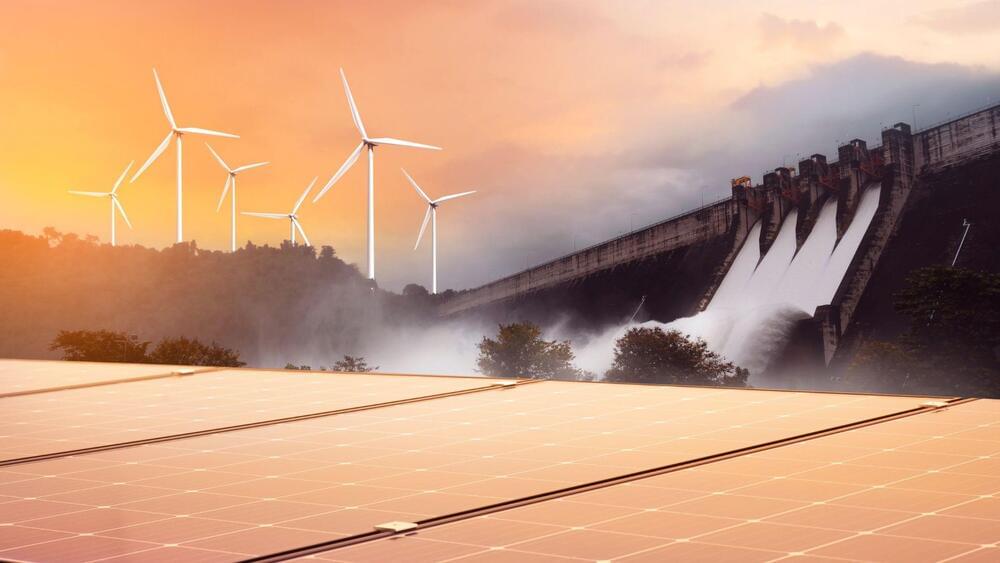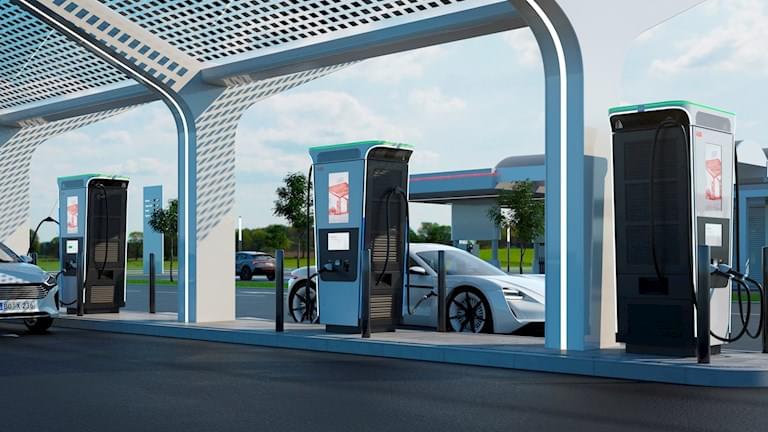The results of new experiments indicate that surface-adsorbed water molecules are responsible for contact electrification in granular matter, a finding that challenges established models of this phenomenon.
When two surfaces come into contact, they can exchange electrical charge. This fundamental phenomenon is linked to some of humankind’s earliest scientific experiments—reports suggest that the ancient Greeks uncovered static electricity after rubbing various materials together. Numerous physical processes are at play when two objects touch. But the mechanism underpinning charge exchange—which is known as contact electrification—has bedeviled scientists for centuries [1]. New experiments by Galien Grosjean and Scott Waitukaitis of the Institute of Science and Technology Austria now bring welcome clarity in this field [2]. By levitating a single particle and measuring its charge after consecutive collisions with a surface, the researchers were able to uncover a connection between contact electrification and water molecules on the particle and the surface.
When large numbers of insulating particles, such as grains of sand or particles of flour, collide or rub past each other, enormous electric potentials can build up. Such potentials can have dramatic consequences, leading to spectacular discharges, such as the lightning flashes seen during a sandstorm or a volcanic-ash eruption. Closer to home, such discharges can ignite flammable dusts or disrupt powder flows [3, 4]. But a mystery surrounds this contact electrification: How can identical particles exchange charge? In other words, Why does one of the particles become a donor of charge and the other an acceptor?






